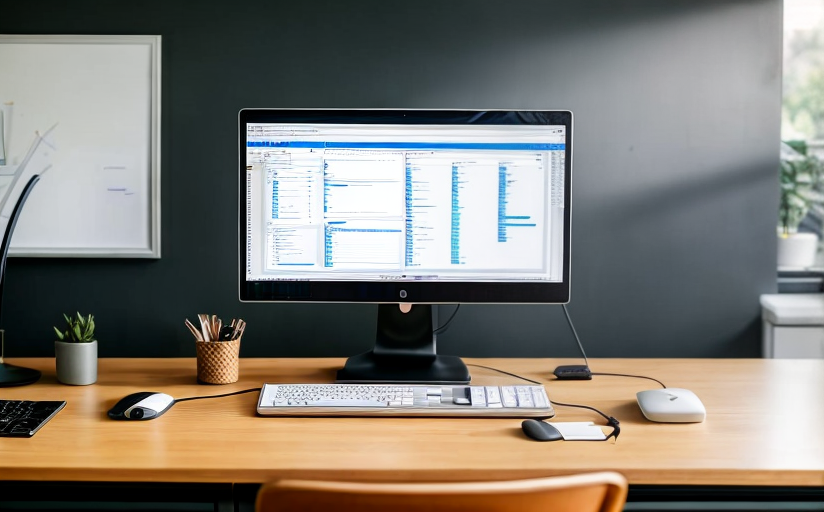Digital Well-being and Productivity While Working From Home
In the digital age, where the bulk of tasks get accomplished on screens and keyboards, maintaining a balance between digital wellbeing and productivity is a challenge that many now face. This problem is especially prevalent for remote workers. So how can they optimize productivity while guarding their digital health?
The Importance of Digital Wellbeing in an Increasingly Connected World
Our lives are more digitized than ever. Work, entertainment, and social interactions – most take place online. While this evolution presents myriad opportunities, it also engenders risks to our digital wellbeing. Protecting our mental, physical and emotional health cannot be overemphasized in a world so rich with digital distractions, potential for addiction, and other related risks.
Avoiding Digital Burnout
Continuous exposure to screens and digital content can quickly lead to digital burnout, or feeling overwhelmed and exhausted due to prolonged digital usage. Regular breaks, defining clear boundaries separating work and personal life, and reducing digital distractions can contribute to avoiding burnout. A predetermined work schedule and routine physical exercise can also help maintain a healthy lifestyle while working remotely.
Boosting Productivity While Maintaining Digital Health
Using digital resources wisely can actually boost productivity while maintaining digital health. Techniques like time blocking, task batching, and using productivity apps can help maintain a healthy digital lifestyle. For instance, designating specific time slots for tasks throughout the day and grouping similar tasks together can streamline work and minimize continuous digital exposure.
Company Policies for Digital Wellbeing
Companies, too, share the responsibility of preserving their employees' digital wellbeing, especially with remote working models. Adopting flexible work schemes, promoting a healthy work-life balance, and providing tools that aid in managing digital workload and stress could significantly help in enhancing digital wellbeing among employees.
Technologies That Aid in Managing Digital Exposure
Several tools and software applications can assist in managing digital exposure. Examples include project management tools, digital timers that remind individuals to take breaks, screen-time tracking apps, and software that reduces blue light emissions from screens.
Challenges and Opportunities of Working from Home
Working from home does come with a unique set of challenges and opportunities. While it gives workers the flexibility of time and cuts down commuting stress, it also blurs the line between personal and professional life, potentially leading to digital fatigue. However, with the right strategies, like setting boundaries, using digital tools wisely, and adhering to regular break schedules, these obstacles can be navigated successfully.
Actionable Tips for Employees and Employers
Both employers and employees can take steps to improve digital wellbeing. Employers can offer flexible work arrangements, provide digital wellbeing training, and ensure workload is evenly distributed. Employees, on the other hand, can implement scheduled breaks, avoid multitasking, and create a designated workspace at home to separate work from personal life.
In conclusion, whilst the digital age comes with its challenges, smart strategies and intentional decisions can lead to a harmonious balance between digital wellbeing and productivity, making remote work a fulfilling and enriching experience.


















Comments
Leave a Comment